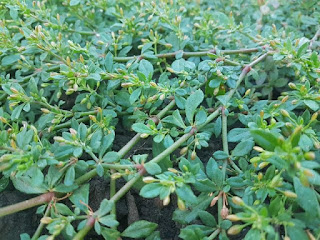AKAPULKO
PROPERTIES
Antifungal
Antidermatophytic
Antimicrobial
Antiseptic
Anti-inflammatory
Antibacterial
Hepatoprotective
Antidiabetic
antiviral
Akapulko is a coarse, erect, branched shrub, 1.5 to 3 meters high. Leaves are pinnate and 40 to 60 centimeters long, with orange rachis on stout branches. Each leaf has 16 to 28 leaflets, 5 to 15 centimeters in length, broad and rounded at the apex, with a small point at the tip. Leaflets gradually increase in size from the base towards the tip of the leaf. Inflorescences are terminal and at the axils of the leaves, in simple or panicled racemes, and 10 to 50 centimeters long. Flowers are yellow, about 4 centimeters inn diameter, at the axils of thin, yellow, oblong, concave bracts which are 2.5 to 3 centimeters long. Pod is rather straight, dark brown or nearly black, about 15 centimeters long and 15 millimeters wide. On both sides of the pods there is a wing that runs the length of the pod. Pod contains 50 to 60 flattened, triangular seeds.










